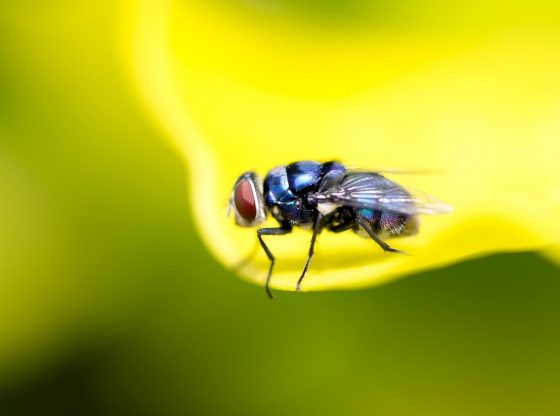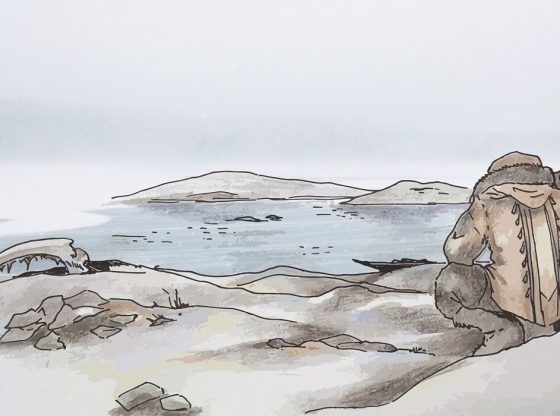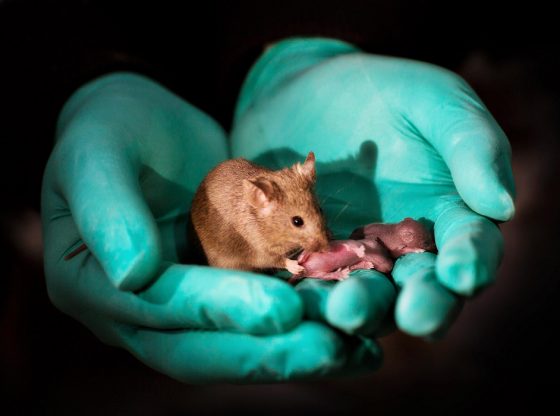Prehistoric people in Europe were consuming milk thousands of years before humans evolved the genetic trait allowing us to digest the milk sugar lactose as adults, finds a new study.
The research, published in Nature, mapped pre-historic patterns of milk use over the last 9,000 years, offering new insights into milk consumption and the evolution of lactose tolerance. The researchers have been able to determine when lactose tolerance began to spread in Europe by analyzing the DNA data from 1,700 prehistoric humans.
While most European adults today can drink milk without discomfort, two-thirds of adults in the world today, and almost all adults 5,000 years ago, can face problems if they drink too much milk. This is because milk contains lactose, and if we don’t digest this unique sugar, it will travel to our large intestine where it can cause cramps, diarrhea, and flatulence; known as lactose intolerance.
It has been widely assumed that lactose tolerance emerged because it allowed people to consume more milk and dairy products, aiding in the survivability of those able to digest the nutrients. But this new research, led by scientists from the University of Bristol and University College London (UCL) alongside collaborators from 20 other countries, indicates that famine and exposure to infectious diseases best explain the evolution of our ability to consume milk and other non-fermented dairy products.
“To digest lactose we need to produce the enzyme lactase in our gut. Almost all babies produce lactase, but in the majority of people globally, that production declines rapidly between weaning and adolescence. However, a genetic trait called lactase persistence has evolved multiple times over the last 10,000 years and spread in various milk-drinking populations in Europe, central and southern Asia, the Middle East and Africa. Today, around one-third of adults in the world are lactase persistent.”
– Professor George Davey Smith, Director of the MRC Integrative Epidemiology Unit at the University of Bristol and a co-author of the study.
The research team used a remarkable database of nearly 7,000 organic animal fat residues from 13,181 fragments of pottery from 554 archaeological sites to find out where and when people were consuming milk. The findings showed that milk was used extensively in European prehistory, dating from the earliest farming nearly 9,000 years ago.
They then looked for the presence or absence of the lactase persistence genetic variant in the DNA of more than 1,700 prehistoric European and Asian individuals. The team first saw the gene around 5,000 years ago, by 3,000 years ago it was at appreciable frequencies and is relatively common today. Lactase persistence genetic trait was not common until around 1,000 BC, nearly 4,000 years after it was first detected around 4,700–4,600 BC.
“The lactase persistence genetic variant was pushed to high frequency by some sort of turbocharged natural selection. The problem is, such strong natural selection is hard to explain,”
“If you are healthy and lactase non-persistent, and you drink lots of milk, you may experience some discomfort, but you not going to die of it. However, if you are severely malnourished and have diarrhea, then you’ve got life-threatening problems. When their crops failed, prehistoric people would have been more likely to consume unfermented high-lactose milk – exactly when they shouldn’t.”
In essence, the researchers argue that something else was pushing the genes to become relatively common in a relatively short time span, and to test this hypothesis, the team applied indicators of past famine and pathogen exposure into their statistical models. Their results clearly supported both explanations, that lactase persistence gene variant was under stronger natural selection when there were indications of more famine and more pathogens.
The study was supported by funding from the Royal Society, the RCUK — Medical Research Council (MRC) and Natural Environment Research Council (NERC), and the European Research Council.
Reference:
Richard P. Evershed, George Davey Smith, …Mark G. Thomas Dairying, diseases and the evolution of lactase persistence in Europe Published online July 27, 2022:1-10. doi:10.1038/s41586-022-05010-7






















